Premature graying of hair affects a growing number of young people who discover their first gray hairs even before they turn 30.
This condition, known as premature graying, has various causes, including genetic predisposition, chronic stress, dietary deficiencies, hormonal changes, and environmental factors such as pollution or prolonged exposure to UV rays.
Melanin: The Key to Hair Color
Hair color is determined by melanin , a pigment produced by melanocytes. Over time, these cells decrease their activity and eventually stop producing melanin , causing hair color loss. Although this process usually begins between the ages of 40 and 50, in many cases it can begin as early as the age of 20 or even during adolescence.
Genetics: The Most Influential Hereditary Factor
One of the main determinants of early graying is genetics. If one of your parents or grandparents experienced gray hair at an early age, there is a high probability of inheriting this trait. Specific genetic variations can accelerate the wear of melanocytes, thus reducing their ability to produce pigment.
Stress and Cortisol: Enemies of Natural Hair Color.
Recent research, such as that conducted by Harvard University, has confirmed the relationship between chronic stress and the appearance of gray hair. Prolonged exposure to cortisol, a hormone associated with stress, can damage the stem cells responsible for regenerating melanocytes, directly affecting hair pigmentation.
Nutrition: Vitamins and Minerals That Protect Hair
A poor diet can also accelerate the loss of natural hair color. A lack of essential nutrients such as vitamin B12, iron, zinc, selenium, and vitamin D negatively impacts melanin production. These elements are essential for maintaining hair health and preventing premature graying.
Environmental Factors and Harmful Habits
The environment we live in also influences hair health. Continuous exposure to pollution, harsh chemicals, sunlight, and hard water can accelerate the graying process. Furthermore, smoking has been identified as a significant risk factor: studies indicate that smokers are 2.5 times more likely to develop gray hair before age 30 than nonsmokers.
Hormones and Medical Conditions:
Hormonal imbalances, especially those related to the thyroid, such as hypothyroidism, can disrupt the hair’s life cycle and promote depigmentation. If graying occurs suddenly along with other symptoms such as fatigue, weight gain, or dry skin, a medical evaluation is recommended.
The New Meaning of Gray Hair
Although gray hair was traditionally associated with aging, today it is increasingly seen as a natural and stylistic trait. Many people, including public figures, choose to wear it proudly, and it has even become a trend in the fashion world. Gray hair can be kept healthy and looking good with proper care.









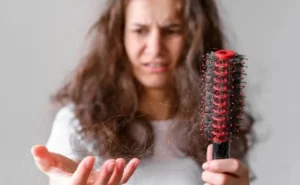






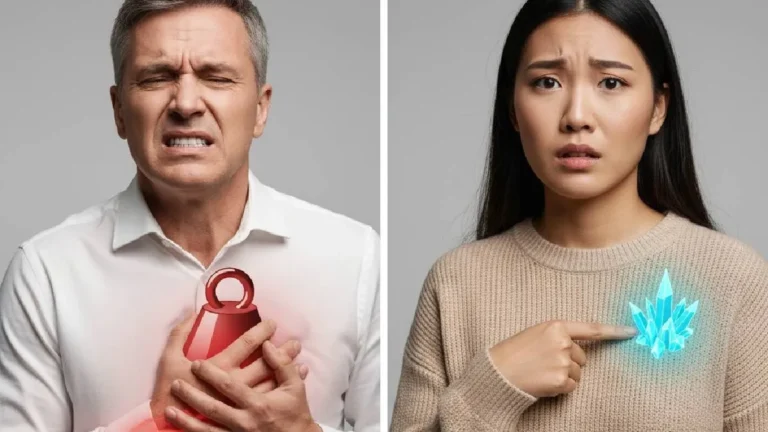
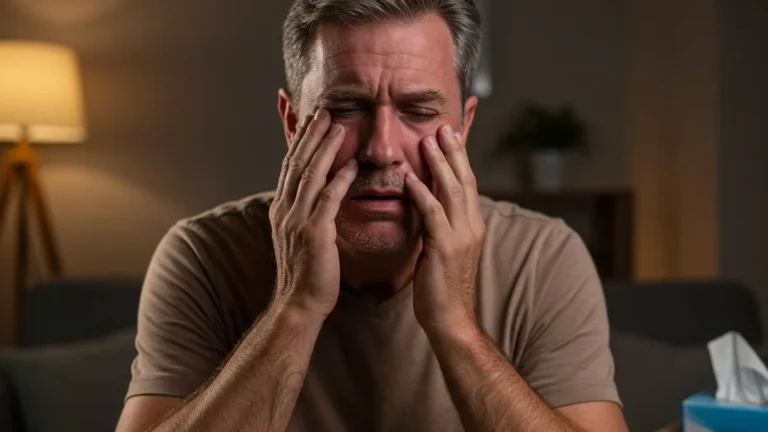
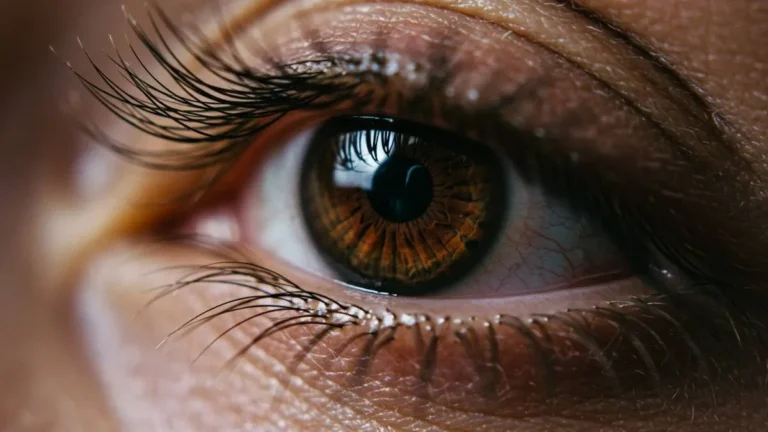
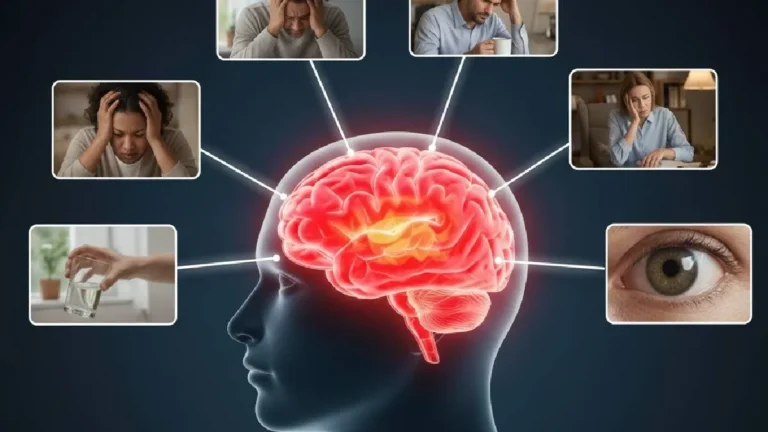


+ There are no comments
Add yours